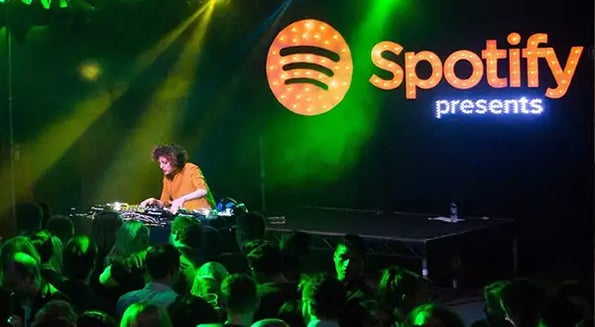Spotify is officially more than just a music-streaming service.

With 140m active users, 60m paying subscribers, a long list of radio stations, and the recent launch of their upcoming artist program, RISE, the company has nearly become its very own music industry.
And this scares the rest of the biz in a big way.
But there’s an interesting paradox
As much as Spotify seems to be hurting the traditional music game, it also seems that those same labels need Spotify to survive.
In 2015, Spotify (and other platforms like it) raked in 45% more revenue than they did in 2014, helping global music revenue grow 3.2%, and pulling the music biz out of a 20-year-long plummet.
And in the first half of this year alone, streaming revenue has rocketed 48%, to $2.5B, making up 62% of the U.S. music business.
But is Spotify really the ‘good guy’?
At the end of the day, things aren’t exactly syncopated in music town.
Artists have been getting screwed over by their labels for years — and unfortunately, Spotify doesn’t pay artists or publishers squat compared to the golden eggs hard copy CDs used to spit out.
According to Spotify, the average “per stream” payout to song owners is somewhere between $0.006 and $0.0084, and most musicians only get 15-20% percent of streaming proceeds. Kinda begs the question: Is Spotify actually creating a better way forward for artists, or is it just exacerbating the same issues that have plagued the industry for decades?
